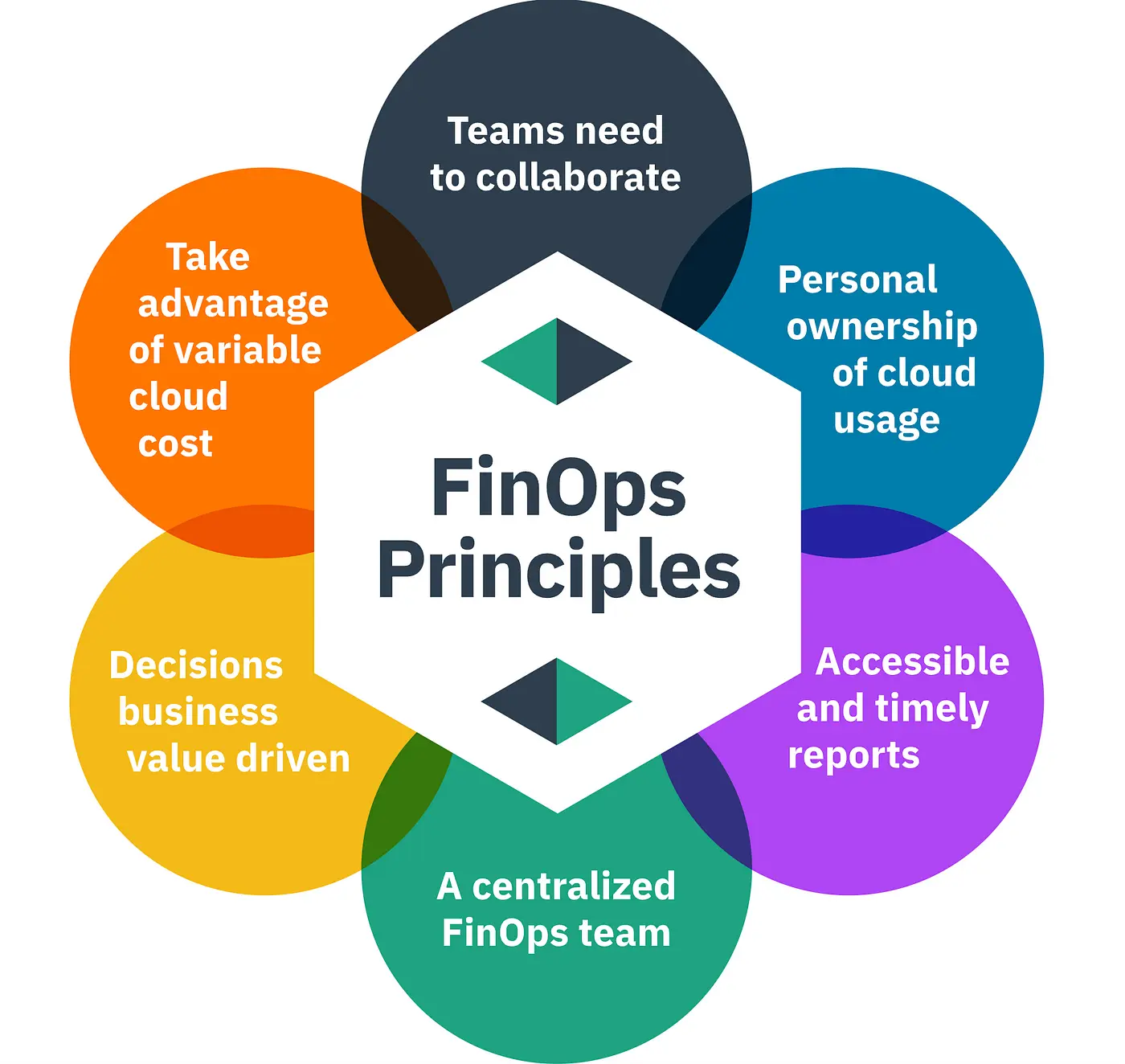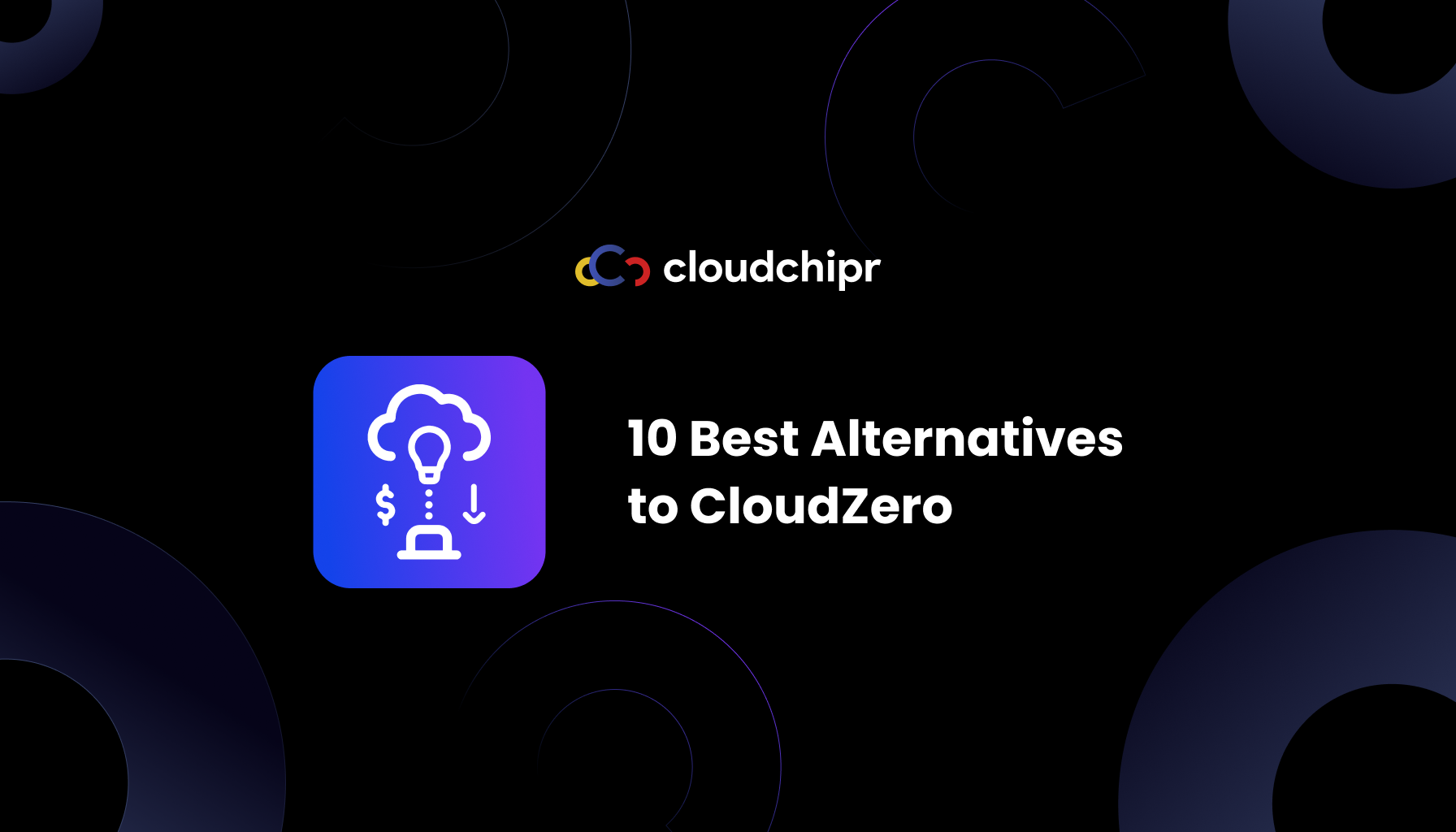FinOps Personas Decoded – Chapter 1: The Engineering Playbook

Foreword – Kicking Off the FinOps Persona Series
Welcome to “Cost Control, Humanized”—a bite-sized FinOps series that zooms in on the people behind the cloud bill. Over the next few posts we’ll unpack the jargon, frameworks, and thorny real-world problems that drive costs, focusing on the roles that feel the pain first.Each instalment spotlights a different FinOps persona—Engineer, Finance, Exec, and more—mapping their unique challenges and handing them practical, copy-paste tactics.
We’re kicking off with the Engineering persona because, let’s be honest, every surprise line item usually starts as a line of code or an overlooked dev environment. Think of this article as Chapter 1: Cloud-cost accountability for builders and breakers.
Introduction
Cloud engineering teams play a critical role in how companies use and pay for public cloud resources. In FinOps terms, the “Engineering persona” includes cloud architects, DevOps/SRE engineers, software developers, and anyone building and running cloud services. These engineers are responsible for designing, deploying, and maintaining systems that must balance performance with cost. That means choosing the right instance types and regions, rightsizing workloads, cleaning up unused resources, and setting up alerts for unexpected spend. In practice, engineers treat cloud costs as another performance metric and collaborate with finance and FinOps teams to ensure budgets are met.
Despite their technical expertise, engineers often face significant challenges in cost management. Common issues include rapidly growing work demands and unexpected cloud bills, long development cycles that delay cost optimization, and difficulty predicting how a new feature will impact the budget. It can be hard to know who “owns” a service’s cost or how to explain a spike in spending to non-technical stakeholders. Engineers must also juggle competing priorities like uptime and performance against keeping the cloud bill under control. All of this means engineering teams need better visibility, easier cost attribution, and automated tools to help them manage their spending in real time.
Why Cloud Cost Management Matters for Engineers
Cloud usage is booming, but waste is rampant if left unchecked. Industry data shows that a large fraction of cloud spend often goes unused or underutilized. For example, Flexera’s investigation found that about 32% of cloud infrastructure costs pay for resources that aren’t used fully. In another survey, organizations estimated that roughly 30% of their cloud spend is wasted. That can add up to billions lost globally: firms may be losing over $14 billion on idle or excess resources. These inefficiencies are especially easy to incur when companies use many clouds at once – in fact, around 80% of organizations now operate multiple public or private clouds. With dozens of AWS, Azure, or GCP accounts generating complex bills, engineers face a deluge of raw data. Managing this scale manually is virtually impossible.
To stay agile and cost-effective, engineering teams must adopt FinOps best practices: continuously monitor usage, enforce tagging and chargeback, automate clean-up of idle resources, and set budgets/alerts. Without these practices, surprise costs can delay projects or force difficult trade-offs between innovation and spending. By contrast, when engineers take ownership of their cloud footprint, the result is often dramatic savings and efficiency gains.
Core Responsibilities of the Engineering Persona

In a FinOps-aligned organization, engineers focus on designing cost-efficient systems. Key tasks for the engineering persona include:
- Architecting for efficiency: Choose the right cloud services (instance types, regions, service tiers) that meet performance requirements at the lowest cost. For instance, using spot instances or serverless for suitable workloads can slash prices.
- Rightsizing & scaling: Continuously analyze usage (CPU, memory, disk I/O) and rightsizing workloads so resources match actual demand. This may involve downsizing overprovisioned VMs or DBs, or configuring auto-scaling to avoid paying for idle capacity.
- Tagging & cost allocation: Enforce tagging conventions so costs can be attributed to projects or teams. However, strict tagging can be hard to maintain as teams and resources evolve. (In fact, retagging large clouds is a complex task for engineers.) Cloudchipr addresses this by allowing dynamic cost attribution without manual retagging.
- Idle resource cleanup: Identify and remove unused assets (e.g. detached volumes, idle load balancers, stale dev/test VMs) using automated rules. For example, Cloudchipr can detect unattached EBS volumes or old databases and either delete or snapshot them automatically .
- Real-time monitoring & alerts: Keep an eye on spending trends and set up alerts for anomalies. Engineers should detect surges early – whether due to runaway jobs, data transfer spikes, or misconfigured services – so they can intervene quickly.
- Collaboration & reporting: Work closely with finance and leadership by sharing dashboards and forecasts. Create tickets or alerts in Slack/Teams with relevant metadata (Cloudchipr automates this) to involve the right teams when issues arise.
- Continuous improvement: Integrate cost-awareness into the development lifecycle. Use Infrastructure-as-Code with cost estimation (e.g. Terraform with tools like Terracost) and review billing as part of release checklists.
By treating cost as a shared metric, engineering teams can align performance goals with fiscal responsibility.
Challenges and Pain Points
Even with the right intentions, engineering teams often hit roadblocks:
- Rapidly rising bills: Without real-time visibility, costs can spike unexpectedly (e.g. overlooked test environments staying on, or sudden traffic surges).
- Multi-cloud complexity: Managing AWS, Azure, and GCP together means juggling different billing models, metrics, and tools. Nearly 80% of companies use more than one public cloud, making a unified view difficult. Switching contexts between different portals slows down engineers.
- Manual tagging burdens: Maintaining a perfect tagging policy is next to impossible at scale. Reorganizations can make old tags obsolete, and retagging can be a headache for engineers. Without accurate tags, chargeback and reporting suffer.
- Balancing trade-offs: Engineers must walk the line between performance and cost. FinOps analysis confirms that technical teams struggle with “striking the right balance between performance, reliability, and cost” when building infrastructure. Convincing product owners or execs to defer features for savings is a constant negotiation.
- Data deluge: The AWS Cost and Usage Report is so detailed that it often exceeds Excel’s row limits, requiring it to be split across multiple files. At this level of granularity, engineers need purpose-built tools to surface the most relevant insights—otherwise critical warnings can slip through the cracks.
Given these challenges, engineering teams need robust tooling that makes cost management easy, not more work.
Cloudchipr: A FinOps Tool Built for Engineers
.png)
Cloudchipr is designed to tackle the engineering persona’s pain points head-on. Its unified platform provides one pane of glass for AWS, Azure, GCP (and other services like Snowflake, Kubernetes, etc.), so engineers don’t have to hop between consoles. Key features for engineers include:
Unified Cloud Visibility

See every resource, usage metric, and cost line in one dashboard. Filter by account, project, tag, or service to spot, for instance, the dev account burning EC2 dollars or the GCP cluster running half-idle.
Cloudchipr AI – Converse with your data and auto-summarize reports.

- Ask AI: Ask, “Why did S3 jump 12 % last week?” or “Show idle Kubernetes nodes in prod,” and get charts, explanations, and next steps—follow-up questions included.
- Explain With AI – One click turns dense billing exports into plain-English digests that spotlight trends, anomalies, and savings opportunities.
Real-Time Alerts & Anomaly Detection
Continuous monitoring surfaces cost spikes the moment they appear, pushing context-rich alerts to Slack, Teams, or email so you can course-correct before they snowball.
No-code automation workflows
Point-and-click rules handle the housekeeping: shut down idle non-prod VMs, snapshot then remove stale volumes, or retire orphaned load balancers. Many teams reclaim ~200 engineering hours a month.
Budgeting and Forecasting
Set spend thresholds by project or environment; Cloudchipr pings you early when trends drift so you can rein them in.
Collaboration & Reporting
Create tasks right inside Cloudchipr. If a dev server is flagged for deletion, the platform posts a Slack card with resource IDs and cost impact, smoothing hand-offs between Engineering, DevOps, and FinOps.
Rightsizing Recommendations
Data-driven suggestions for optimal instance sizes, storage tiers, and compute resources keep performance high without overspending.
Commitments Tracking
.svg)
One view for all Reserved Instances and Savings Plans, plus timely nudges to keep utilisation up and savings maximised.
Cloudchipr wraps all these capabilities into a single, engineer-friendly workspace—turning cost control from a monthly scramble into a built-in part of your daily workflow. With actionable insights, AI-driven answers, and hands-off automation, you can ship features with confidence that every instance, pod, and reservation is earning its keep.
Best Practices for Engineering Teams
To make the most of tools like Cloudchipr, engineering teams should also adopt these habits:
- Incorporate Cost into Design Reviews: Treat cloud spend as a first-class design constraint. For any new service or feature, discuss trade-offs (e.g. instance families, storage tiers, data transfer patterns) with an eye on cost.
- Enforce Tagging Discipline with Flexibility: Define a minimal set of tags that every resource should have (e.g. project, environment, owner). Where perfect compliance isn’t realistic, compensate with tools that can infer or “shadow tag” costs (as Cloudchipr does).
- Automate Everything You Can: Schedule nightly or weekly jobs (via Cloudchipr or native cloud automation) to clean up test environments, scale down idle clusters, and archive old snapshots. Small leaks add up; automated routines stop those leaks in their tracks.
- Build a Cost-Aware Culture: Encourage engineers to treat every deployment as if it shows up on their paycheck. Share dashboards and cost KPIs at standups. Celebrate wins (e.g. when a change saves money) and share tips across teams. As one Cloudchipr blog highlights, successful teams make cloud cost a shared responsibility and reward cost-saving ideas.
- Stay Aligned with FinOps: Work closely with finance/FinOps practitioners. Use common definitions and tools so everyone agrees on what “normalized cost” means. This partnership lets engineers get support (e.g. for reserved instance purchases or sustainable architecture initiatives) when it makes financial sense.
Conclusion
The days of “deploy now, worry later” are over. Adopting the FinOps Engineering persona lets teams ship features faster and smarter—gaining instant cost visibility, automating routine cleanup, and weaving budget awareness into everyday workflows. The result: engineers reclaim hundreds of hours while the business banks significant savings. With Cloudchipr in your toolkit, innovation and cost-efficiency move in lockstep. Stay tuned for the next chapter.


.png)
.png)